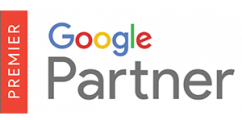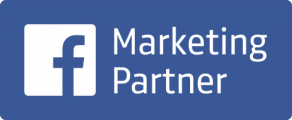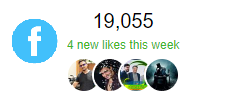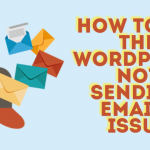Websites That Drive Results
Everyone today thinks they are a web designer. We are in the era of the DIY web designer. Services like Squarespace have democratized the creation of a website. But, they can’t guarantee the resulting website will deliver results in the form of brand loyalty, qualified leads, and new customers. That takes a bit more expertise.
This post unveils our proven approach to web design that has delivered results for clients . Hopefully, it will give you some new ideas to pursue when you start working on your next website redesign.
Strategy Before Creation
Whether you follow an “old school” brainstorming and laying it all out on a white board, it’s devastating to start building something without a clear understanding of what the end product will look like. When we work with clients to develop a site, we sit down to think through with them what two or three things will define the success of the site. Then we reverse engineer. Starting with a blank canvas and drawing doesn’t have an impact here.
Human-Centered Design
All websites are created for a single purpose: for people to use them. That’s why we believe every design process should be guided by the end user. Spend some time analyzing your analytics to understand how people are using the current site. Finally, build personas and refer back to them constantly throughout the design process to make sure you’re designing for the user, not your own preferences.
Multi-Disciplinary Approach
All great web designers have a tendency to fall back on their discipline when they run into a problem during the website design process. I do the same. As a brand and content strategist I tend to see every problem as a brand or content problem. That’s why we make sure we give voice to someone from each discipline needed to design an effective web design (design, content strategy, and technology) throughout the process.

Building A Strategic Framework
Ok, enough philosophy. Now comes the hard part. Actually building the site. I’m going to walk you through each step of our design process but first want to share with you how we build the strategy backbone of the site during the initial discovery phase (ideally this occurs after some user research has been completed). It’s a simple 4-step process that we call the strategic framework:
Identify and prioritize goals: Think through the main goals for the site and the metrics you’ll use to make progress towards those goals. Then prioritize which ones are most important so you know which to prioritize when an inevitable conflict arises in the design process. During the design process, use these goals to be ruthless about what you choose to include (and more importantly not include) in the site. Less is always more, and this is your tool to achieve that.
Prioritize audiences: You’ll probably already know who your core audience groups are because you had to determine that to complete your audience research. Now you need to rank order them from 1-4 (if at all possible you should only have 4 core audiences). Again, knowing which audience is the most important will help you make inevitable hard decisions about what content to feature where, especially on your homepage.
Map out tasks: Once you have a clear view of your goals, you should create an exhaustive list of all the tasks that users will need to complete if you are to achieve those goals. This list will guide your design and content teams as they create the actual site experience.
Detail out the features and functionality: You’ll need to build in features and functionality so that people can achieve the tasks. Take the time to write them down. Having as comprehensive a list as possible will allow you to estimate the cost and effort of the site build. Keep in mind that you can’t actually be exhaustive here. You’ll discover things you need to add along the way. But do give it your best effort.
Once you’ve gone through these 4 steps you’ll have a clear picture of what your site will look like when it’s complete, and how much work it will take to get there. At this point, it’s time to step back and count the cost. Be honest. If you’re biting off too much, break your efforts into phases. It’s better to launch something simple and add to it, than to never launch your site because it was simply too complicated.
Using A Proven (Yet Flexible) Process
Once you’ve completed the strategic framework for your site, you can use any number of processes to build the site. You can choose to run a waterfall process that looks something like this:
Information Architecture
Design & Content
Development
Test
Launch
Both approaches are effective, no matter what the true believers for either side tell you. The point is to think first about what driving results actually means before you start building your website. By starting with the end in mind, you’ll give your project direction and build a site that can be a growth catalyst for your business.










